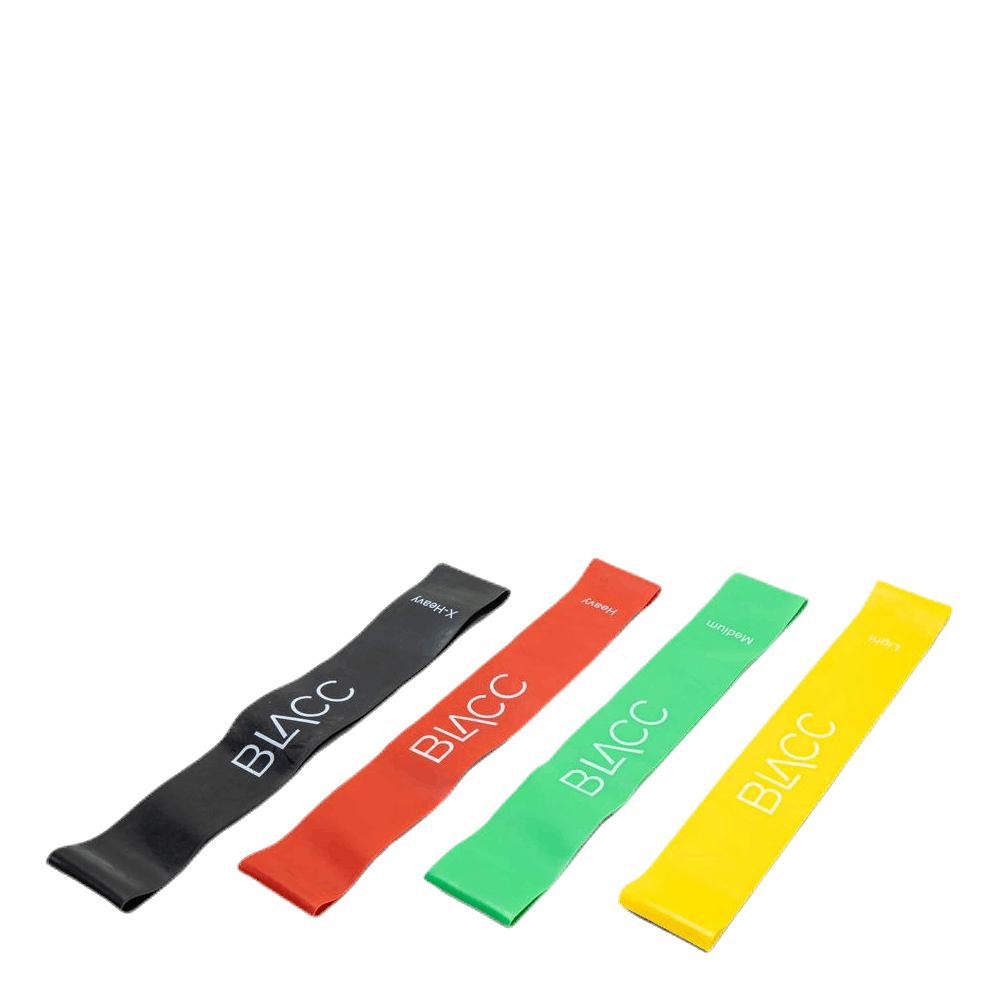
Endurance Training: The Key to Increased Stamina and Health
What is Endurance Training?
Endurance training, also known as cardiovascular training, is physical activity aimed at improving the body's ability to transport and use oxygen. When you train your endurance, you strengthen your heart, lungs, and blood circulation, allowing you to have more energy in your daily life and perform better in your athletic activities.
Examples of endurance training include:
- Running
- Cycling
- Swimming
- Skiing
- Rowing
Activities such as brisk walking, dancing, and ball sports can also be considered endurance training, as long as they elevate your heart rate and breathing.
Benefits of Endurance Training
Regular endurance training has many positive effects on both physical and mental health. Here are some of the most significant benefits:
- Stronger heart and lungs
- Improved blood circulation
- Increased stamina
- Enhanced oxygen uptake capacity
- Weight loss and improved body composition
- Reduced risk of cardiovascular diseases, diabetes, and certain cancers
- Better mental health and stress management
Getting Started with Endurance Training
Regardless of your current fitness level, you can start with endurance training. The key is to begin at a level that suits you and gradually increase the intensity and duration.
Tips for Beginners
- Start with 20-30 minutes of exercise, 3-4 times a week
- Choose an activity you enjoy, such as walking or swimming
- Gradually increase the duration and intensity of your workouts
- Listen to your body and rest when needed
Tips for Experienced Athletes
- Vary your training with different activities to avoid overuse injuries
- Include interval training to improve your performance
- Set specific training goals and track your progress
- Prioritize recovery and sleep for optimal performance
Proper Equipment for Endurance Training
To get the most out of your endurance training and avoid injuries, it's essential to have the right equipment. Depending on the activity you choose, this may include:
- Comfortable and supportive shoes suitable for the activity
- Functional workout clothes that breathe and keep you dry
- Sport-specific equipment like bicycles, skis, or swimming goggles
- Heart rate monitor to track your training intensity
Invest in quality equipment that suits your needs and budget. The right gear will make your workouts safer and more enjoyable.
Make Endurance Training a Habit
To truly benefit from the many advantages of endurance training, it's crucial to make it a regular part of your lifestyle. Here are some tips for creating a sustainable exercise routine:
- Schedule your workouts like any other important activity
- Find a workout partner or join a training group for motivation and support
- Set realistic goals and reward yourself when you achieve them
- Be flexible and adjust your training to your schedule and energy levels
- Be patient and kind to yourself - lasting changes take time
Remember, endurance training isn't just about pushing yourself to the limit every time. It's equally important to find joy in movement and activities that make you feel good. When exercise becomes a natural and appreciated part of your daily life, the results will follow.
So lace up your shoes, hop on your bike, or dive into the water - adventure awaits! With regular endurance training, you'll not only improve your physical performance but also experience a new level of energy and well-being in your daily life. Give yourself the ultimate gift: a strong, healthy, and resilient body that can carry you through life's challenges and joys. Your journey to better fitness starts here and now!












